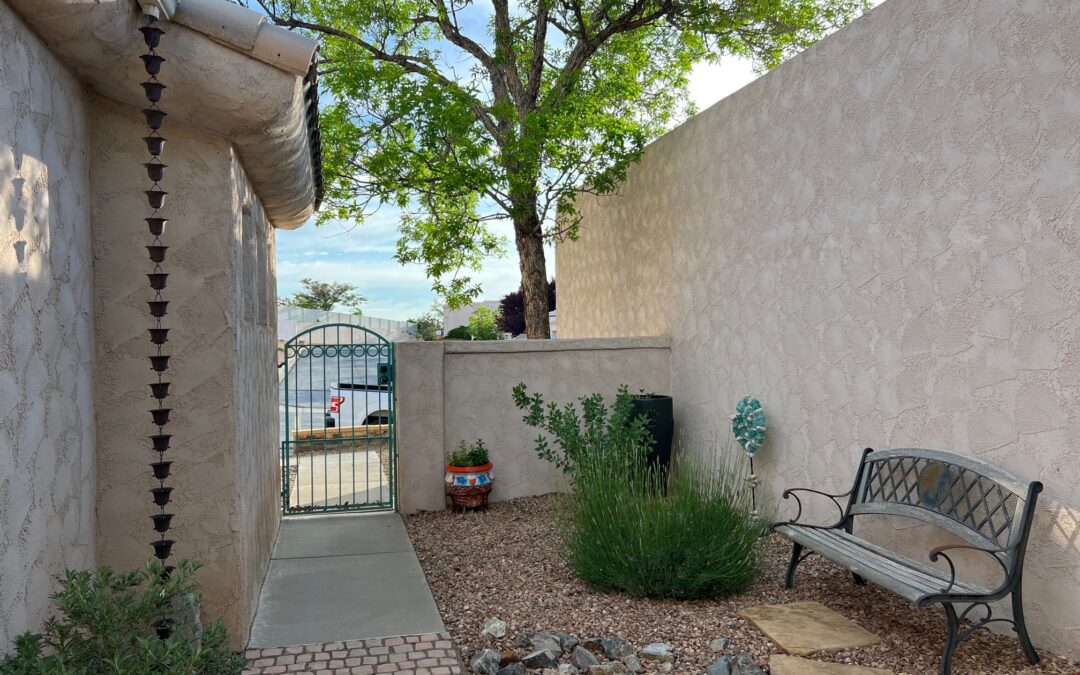Passive rainwater harvesting is a great way to optimize your landscape while minimizing water use. So you may ask, “What are active and passive rainwater harvesting?”
Active rainwater harvesting involves collecting rainwater runoff from roofs and other impermeable surfaces into containers such as rain barrels or cisterns for later use. These containers can vary from small (50 gallons or less) to very large (thousands of gallons). The saved water can be distributed with a hose or drip system for use in the garden.
Passive rainwater harvesting channels water from roofs, patios or driveways directly into the landscape via swales (channels) into basins (depressions in the landscape) or into French drains where the water will be stored in the soil for use by the plants. For every 1,000 square feet of hard surface, 1 inch of rain will produce about 600 gallons of water, so it’s easy to see how active systems will produce overflow and why it’s always recommended to send that overflow into a passive rainwater harvesting system. This will lessen the amount of potable water you will need for your landscape while improving plant health.
So, what plants should you choose for your passive rainwater harvesting garden? First you need to realize there will be three different zones with different amounts of water available to the plants.
1. The High Ground Zone is the area around the outside perimeter of your basin or swale where there will be limited amounts of extra water available to the plants. This will be your most xeric (low water use) zone. Plants for this area could include:
- Desert willow (Chilopsis linearis)
- Grasses such as sideoats grama (Bouteloua curtipendula) or sand dropseed (Sporobolus crytandrus)
- Desert four o’clock (Mirabilis multiflora) or blackfoot daisy (Melampodium leucanthum)
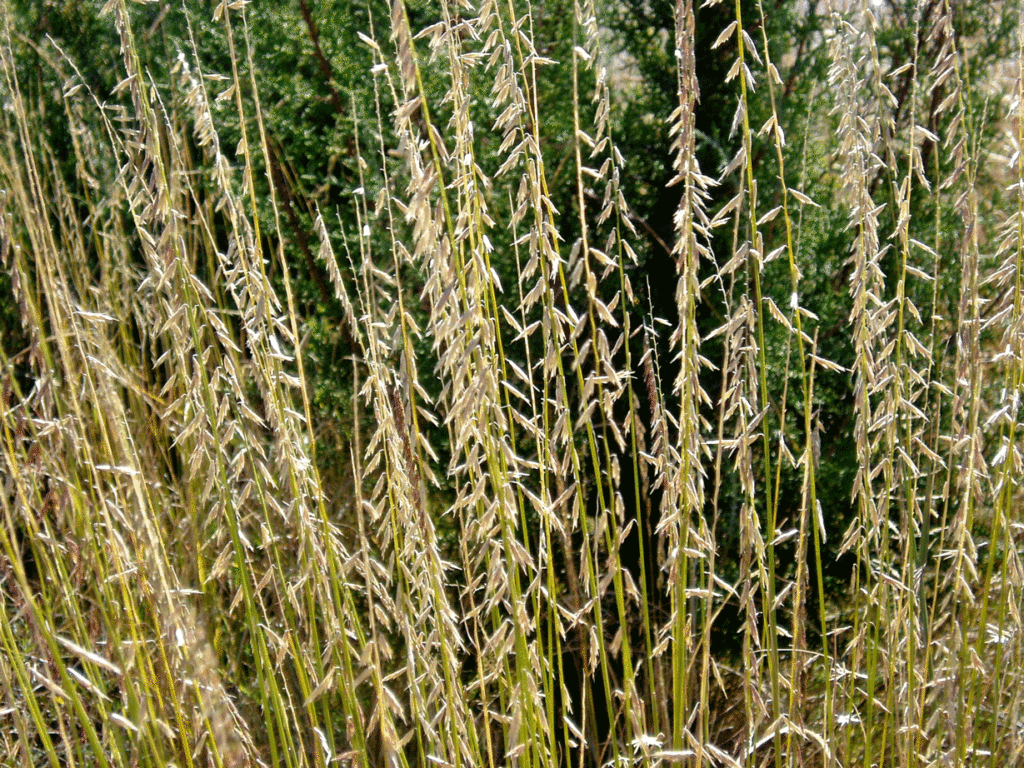
2. The Transition Zone is partway up the sides of the swale or basin. Plants growing here will get some extra moisture but will not be at the low points of the basin or swale.
- Escarpment live oak (Quercus fusiformus)
- Grasses such as blue grama (Bouteloua gracilis) or little bluestem (Schizachryium scoparium)
- Salvias such as autumn sage (Salvia greggii), Mexican blue sage (Salvia chamaedryoides) or Mexican red sage (Salvia darcyii), or dwarf goldenrod (Solidago sp.)
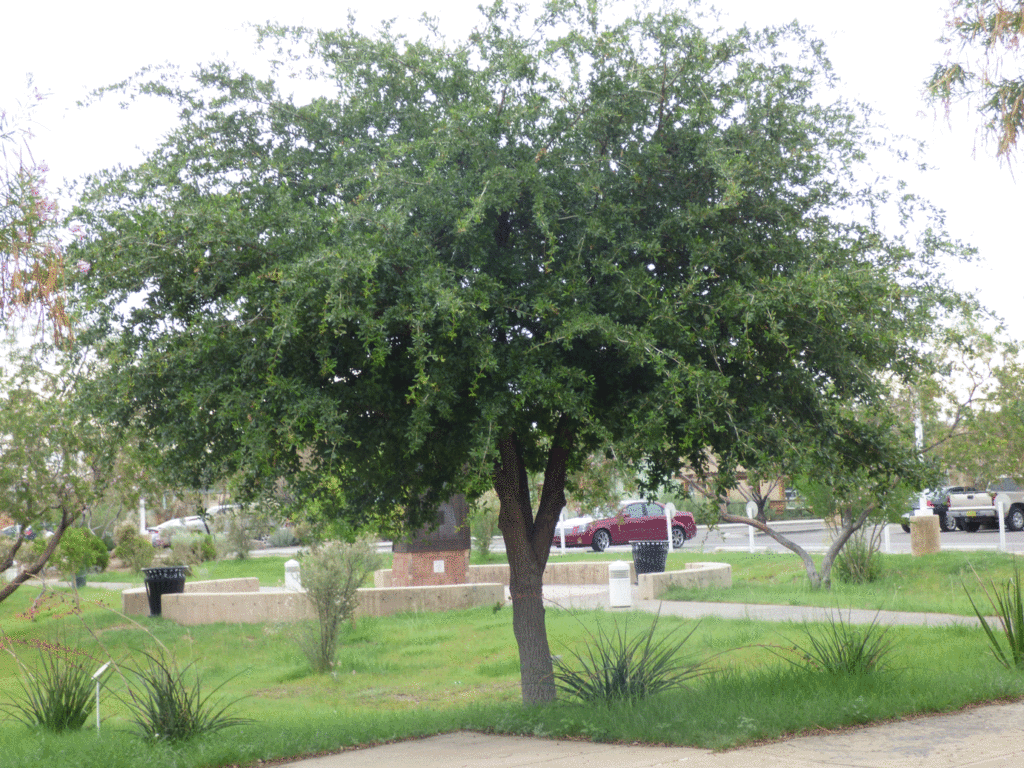
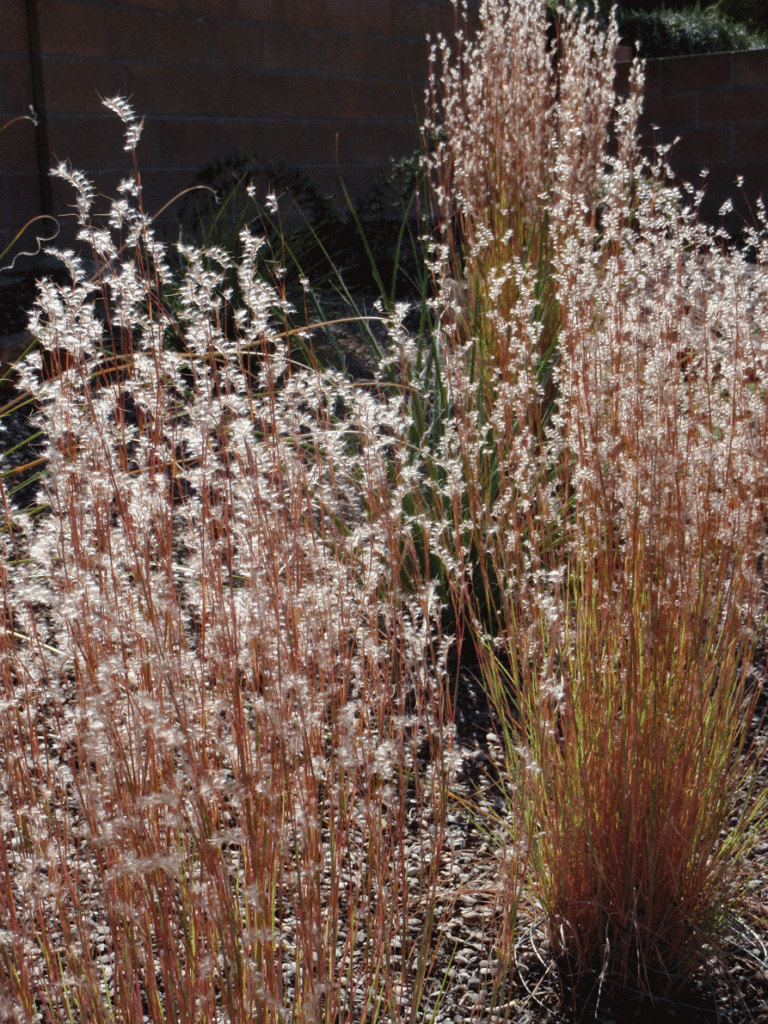
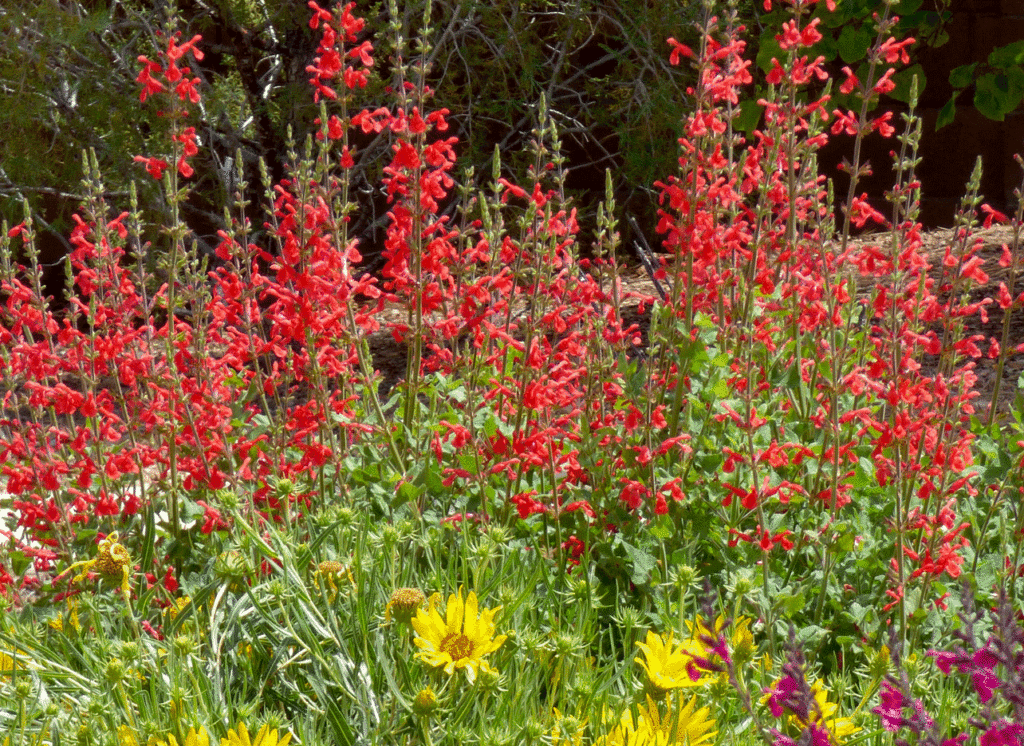
3. The Inundation Zone will be the wettest area during large rain events. Only plants that can tolerate periods of standing water will work here. The basins can be enhanced with soil sponges to increase storage capacity and soil quality.
- Netleaf hackberry (Celtis reticulata)
- New Mexico olive (Forestiera neomexicana) or fernbush (Chamebatiaria milefolium)
- Grasses such as giant sacaton (Sporobolus wrightii) or Indiangrass (Sorghastrum nutans)
- Horsetail milkweed (Asclepius) or creeping germander (Teucrium chaemadrys)
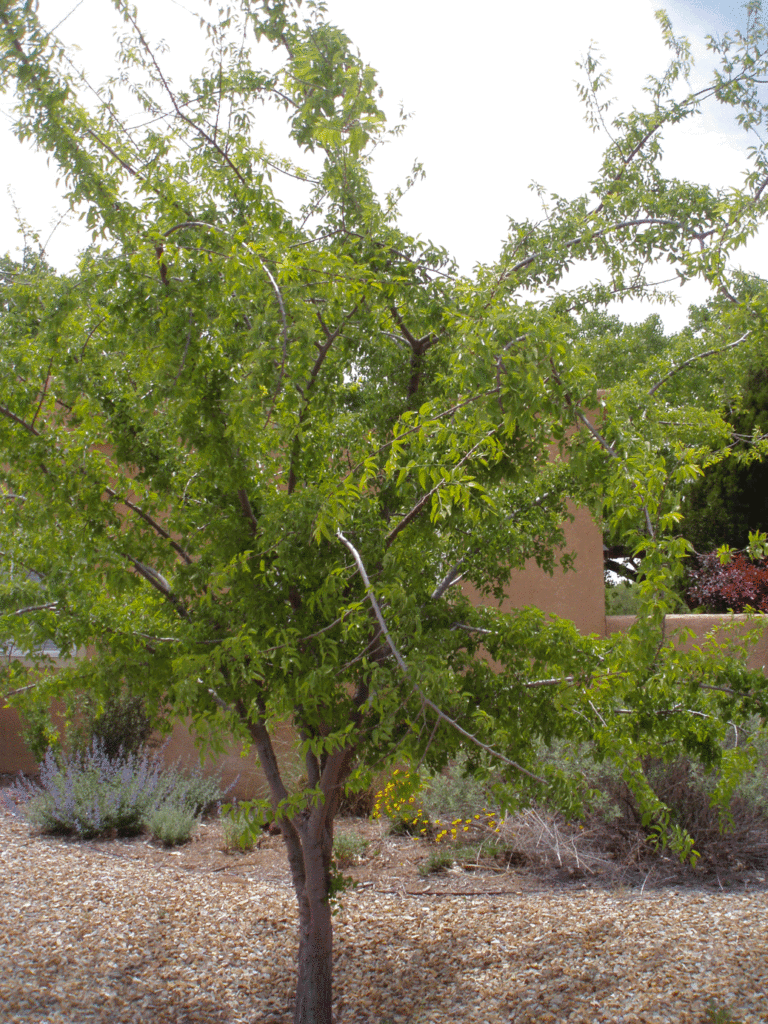
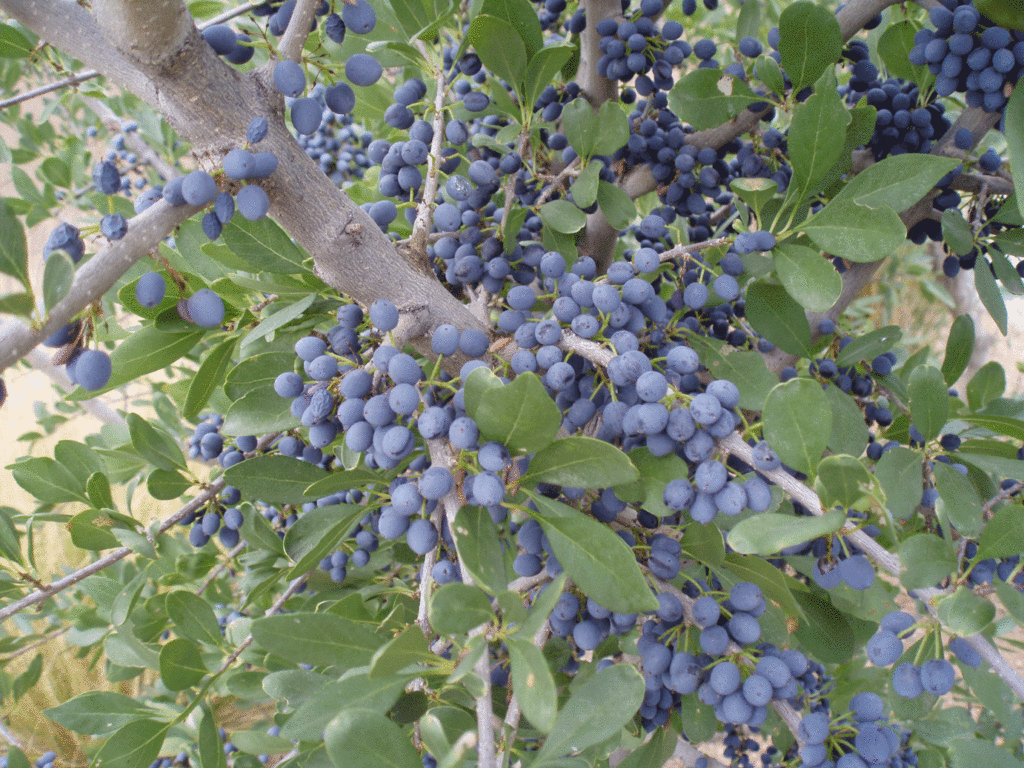
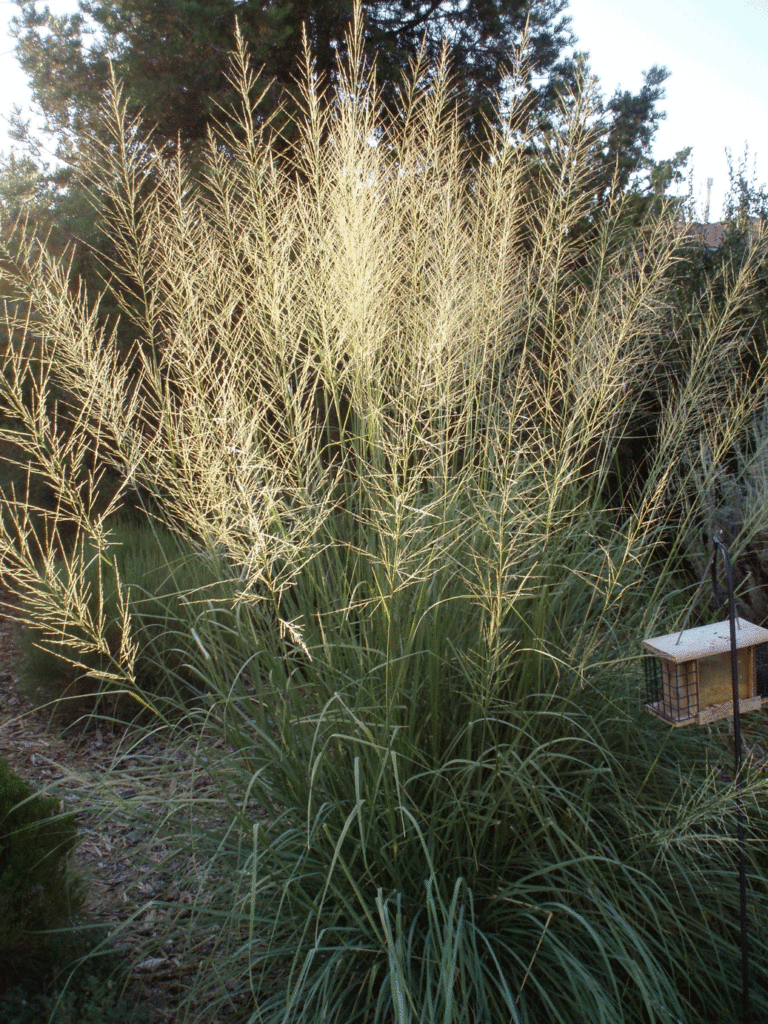
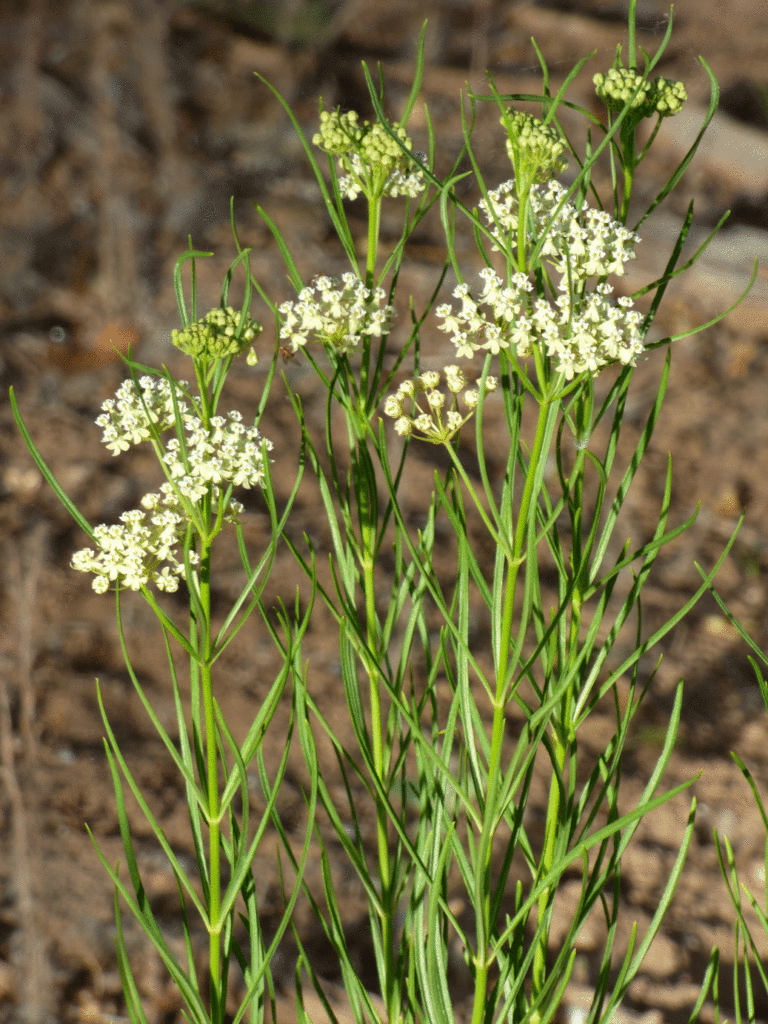
Always make sure the sun or shade exposure needs of the plant match your site and remember that you will need to water these plants at least until established.
For more detailed information on passive rainwater harvesting, there are some great resources, including “A Field Guide to Passive Rainwater Harvesting” and companion instructional videos.
Learn more below:
Simple Steps to Get Started Designing Your Yard
Water Harvesting for Residential Landscapes


